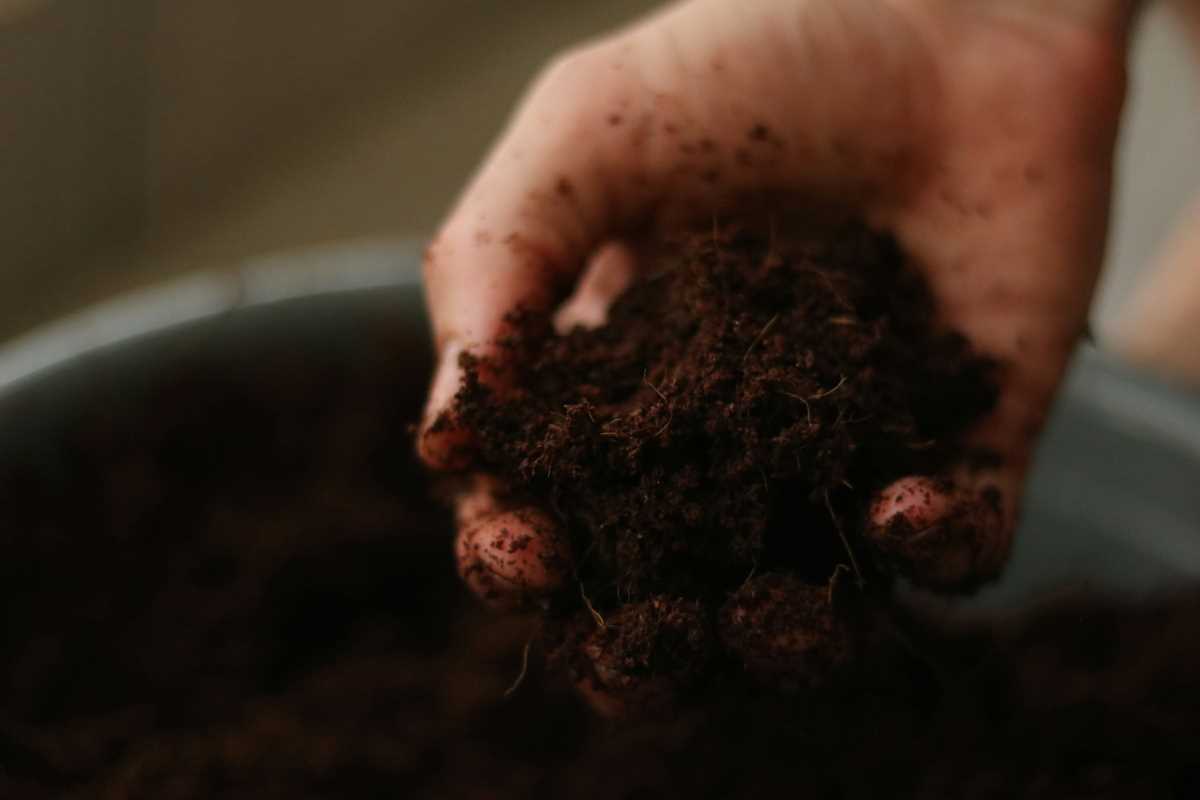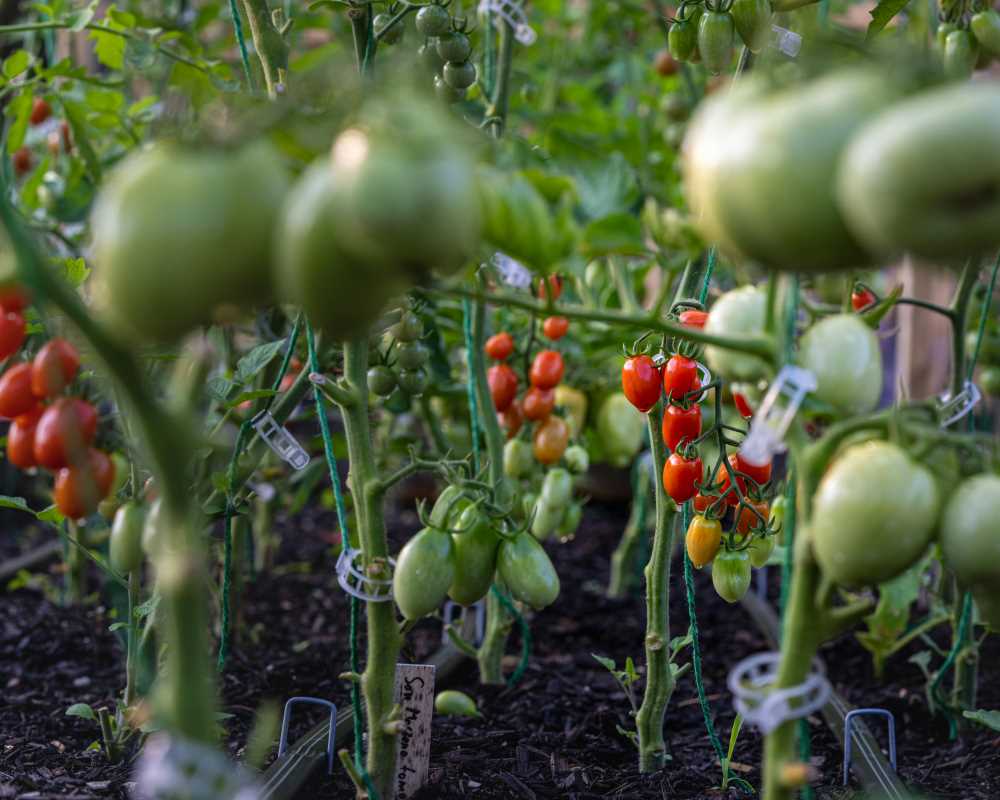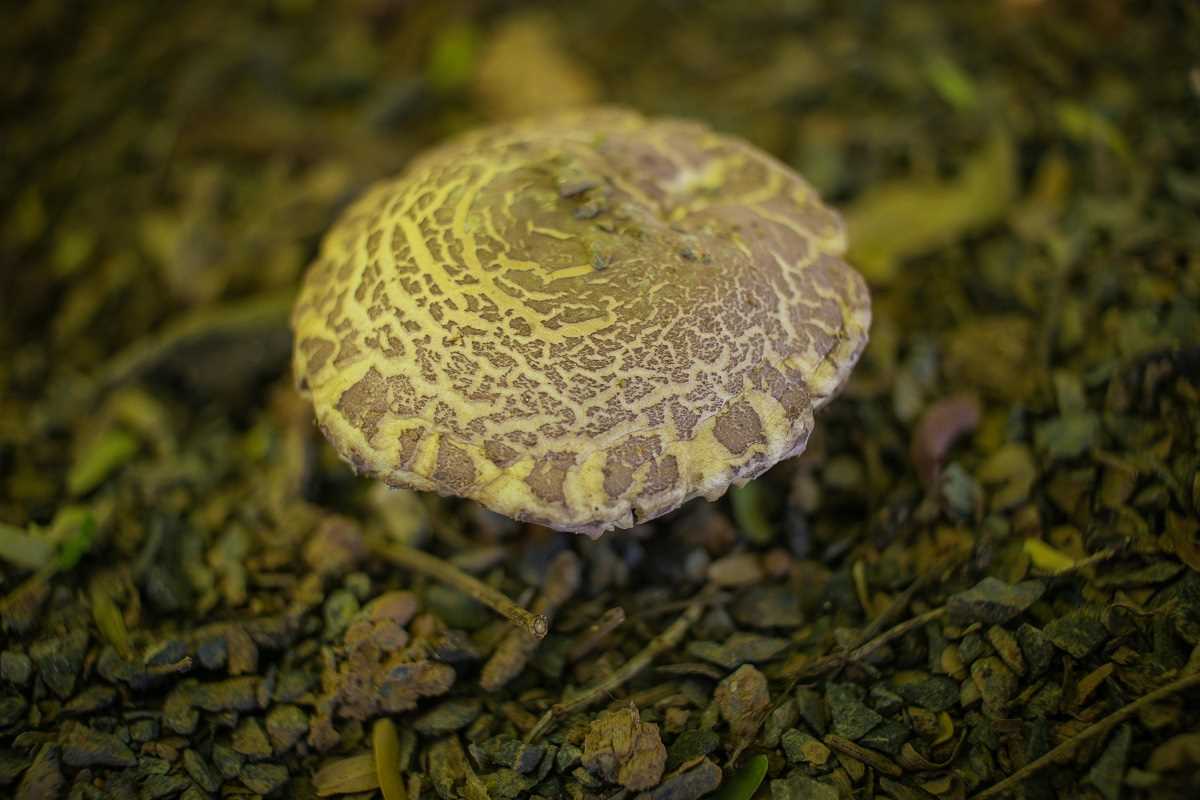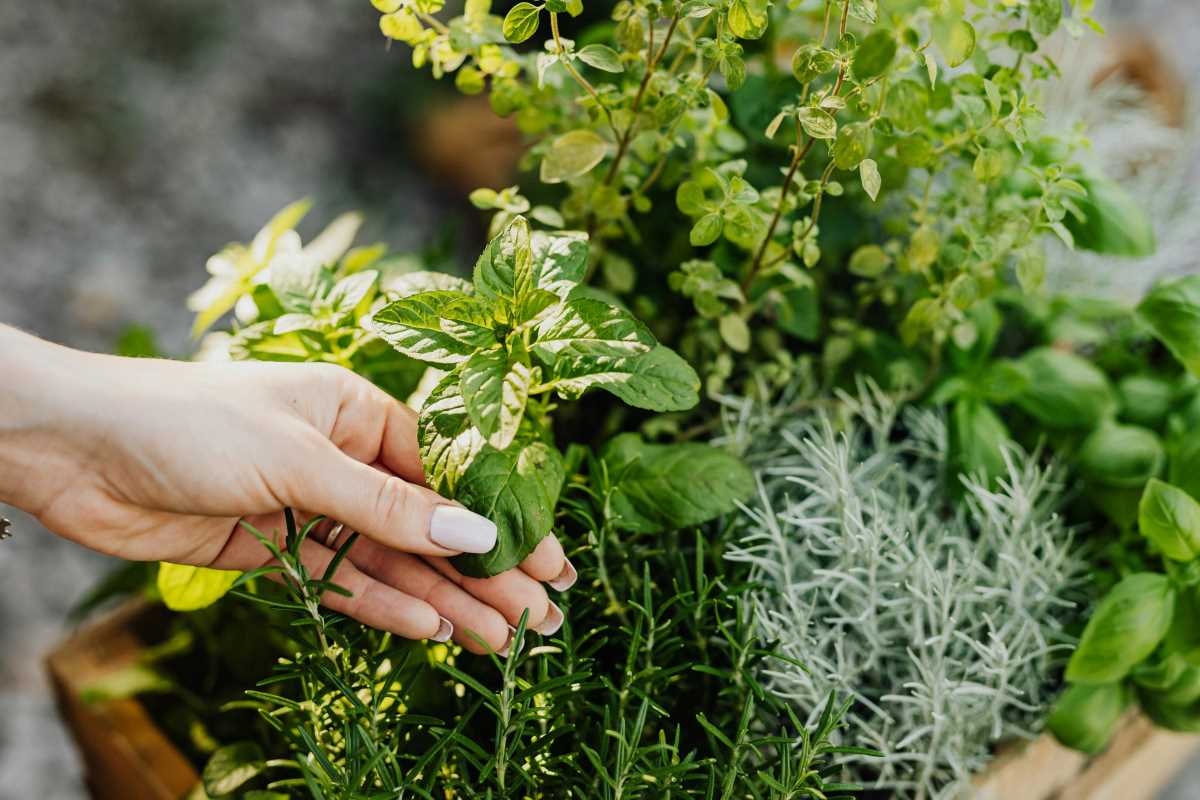Water is a precious resource, and gardening often requires substantial amounts of it, particularly during the hot summer months. But did you know that you can lower your water bill, conserve natural resources, and support a thriving, healthy garden all at the same time? Rainwater harvesting is an eco-friendly and efficient way to keep your plants hydrated while reducing your environmental impact. By collecting and reusing rainwater, you’re giving your garden the best natural hydration it can get—with zero waste.
This blog walks you through the benefits of saving rainwater, practical methods for collecting and storing it, and tips for using it efficiently to sustain your garden.
Why Save and Reuse Rainwater?
Saving rainwater is more than just a smart environmental choice; it’s also one of the simplest ways to enhance your garden’s health. Here are a few reasons to consider harvesting rainwater for your gardening needs.
1. Reduce Water Bills
Collecting rainwater is free, and you can use it to replace or supplement municipal water for your plants. It’s particularly useful during dry spells when water restrictions may apply.
2. Eco-Friendly Solution
Using rainwater conserves natural resources and reduces the strain on public water systems, especially in drought-prone areas. Additionally, it helps minimize stormwater runoff, which can carry pollutants into local streams and rivers.
3. Better for Plants
Rainwater is naturally soft and free of chemicals like chlorine or fluoride, making it superior to tap water for plants. It’s also slightly acidic, which can benefit the soil and balance its pH.
4. Mitigates Flooding
When rainwater is collected instead of allowed to pool, it helps reduce the risk of localized flooding and waterlogging in your yard.
By collecting and reusing rainwater, you’re contributing to sustainable practices while creating a lush, vibrant garden.
Methods for Collecting Rainwater
Rainwater harvesting doesn’t require expensive or elaborate systems. Whether you’re a beginner or a seasoned gardener, there are simple ways to start saving rainwater. Here are some popular collection methods.
1. Rain Barrels
One of the easiest and most affordable options, rain barrels are placed beneath gutters and downspouts to collect water that runs off your roof.
- Capacity: Typically holds 40–100 gallons, depending on size.
- Ease of Use: Very beginner-friendly; most setups include a spigot for easy water access.
- Benefits: Cost-effective, easy to install, and ideal for small gardens.
- Tips: Use a mesh cover to keep out leaves and debris and prevent mosquitoes from breeding in the stored water.
2. DIY Storage Totes
For a budget-friendly option, repurpose large plastic totes or drums into rain collectors. Connect the vessels to your downspouts and create a spigot for water access.
- Capacity: Varies (usually 30–50 gallons).
- Benefits: Saves money by repurposing existing items.
- Tips: Drill an overflow hole near the top of the container to divert excess water safely.
3. Cisterns
Cisterns are large-scale systems designed for serious water collection and storage. They can be installed above or below ground to take advantage of roof runoff.
- Capacity: Ranges from 500 gallons to several thousand gallons.
- Ease of Use: Advanced; requires professional installation for large-scale setups.
- Benefits: Great for larger gardens, sustainable irrigation, and even household use.
- Tips: Ensure proper filtration, especially if you plan to use the water for indoor purposes.
4. Rain Chains
Rain chains are decorative alternatives to downspouts that guide rainwater into a collection basin or directly into your garden.
- Capacity: Limited; mostly aesthetic and suited for small-scale collection.
- Benefits: Adds charm to your garden while directing water effectively.
- Tips: Pair with a rain barrel or basin to increase water collection efficiency.
5. Pond or Water Feature
If you have or plan to install a pond, consider routing rainwater into it. The water can later be pumped to irrigate your garden.
- Benefits: Dual-purpose solution that enhances your landscape while storing water.
- Tips: Regularly clean your pond to prevent algae buildup.
Storing Rainwater Safely
Once you’ve collected rainwater, proper storage is essential to ensure its quality and usability. Improper storage can lead to odors, pests, or degraded water quality. Here are some storage tips.
- Use Sealed Containers: Whether you opt for barrels, totes, or cisterns, make sure the top is securely sealed to keep out dirt, debris, and mosquitoes.
- Filter Water: Install a simple screen or filter at your gutter or tank inlet to trap leaves, twigs, and other debris before they enter your storage.
- Keep It Cool and Dark: Position your containers in a shaded area to prevent algae growth, which is triggered by sunlight.
- Drain Regularly: Avoid letting water sit for too long to prevent stagnation. Use the oldest water first to keep your supply fresh.
- Overflow Planning: Make sure you have a plan for excess water during heavy rainfall. Attach an overflow pipe to divert water away from your home and garden to a safe drainage area.
Using Rainwater in Your Garden
Effective use of rainwater ensures you maximize its benefits for your plants while conserving resources. Here are some practical irrigation methods to get you started.
1. Bucket Watering
Simply use a bucket or watering can to transfer rainwater from your storage container to your plants. This manual method works well for smaller gardens or indoor plants.
2. Drip Irrigation Systems
Connect a drip irrigation system directly to your rain barrel or cistern for efficient watering. Drip systems minimize water waste and provide consistent hydration where plants need it most.
3. Use in Raised Beds
Raised beds often require more frequent watering. Rainwater is perfect for keeping the soil evenly moist and nutrient-rich without the expense of tap water.
4. Mulch to Retain Moisture
Spread a layer of mulch around your plants to retain the moisture provided by rainwater. This reduces the need for frequent watering and keeps the soil from drying out.
5. Combine with Fertilizer
Rainwater can be mixed with organic liquid fertilizers for an added nutrient boost. Plants will absorb the nutrients more effectively, thanks to the rainwater’s chemical-free composition.
6. Lawn Care
Attach a soaker hose to your storage container to water lawns evenly with minimal runoff.
Pro Tips for Efficient Gardening with Rainwater
- Plan Around Rainfall: Check the weather and time your irrigation schedule after rainfall to minimize overwatering.
- Install a Timer: If you’re using an irrigation system, add a timer for precise watering.
- Scale Your System: If your garden grows, upgrade your rainwater system to meet increasing demands.
- Monitor Storage Levels: Regularly check the water level in your barrels or tanks to ensure sufficient supply.
By reducing the demand for fresh water, lowering runoff, and using nature’s resources efficiently, you help contribute to a more sustainable future.
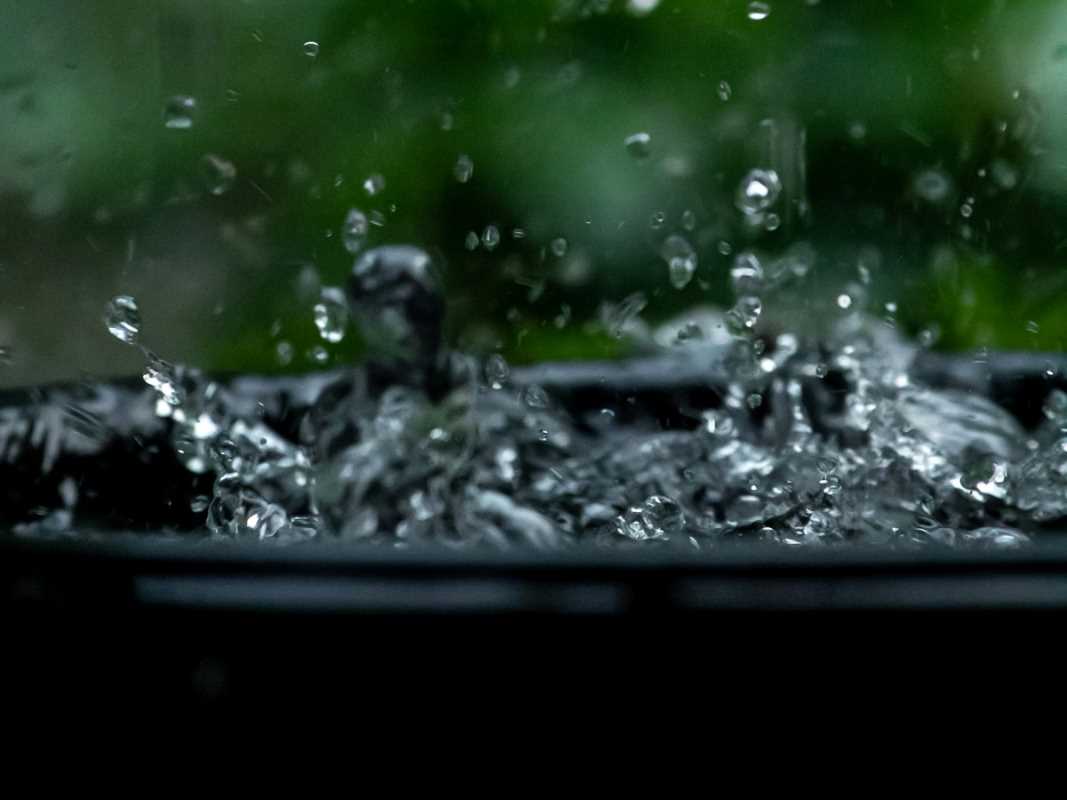 (Image via
(Image via